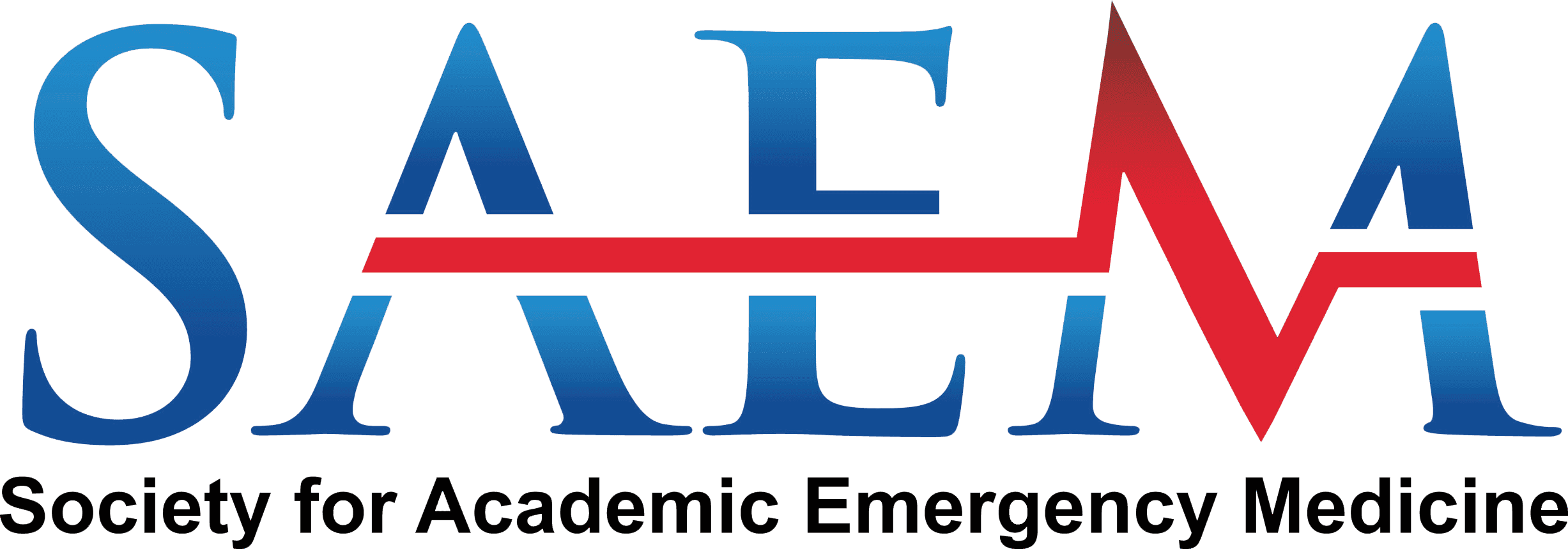Senior Resident

How to Get Involved with Ultrasound
- Continue involvement in undergraduate medical ultrasound education. Mentor and teach junior residents at bedside.
- Begin to consider applying for an emergency ultrasound (EUS) fellowship.
Planning to Pursue a Fellowship? Consider the Following
- A full listing of resources can be found at the SAEM Academy of Emergency Ultrasound (AEUS) website. The AEUS Fellows Corner is also a great resource to utilize.
- Complete a scholarly activity/research project involving ultrasound. Consider a project that can extend into fellowship.
- Increase involvement in ultrasound education by establishing educational programs for undergraduate medical education, junior residents, and other departments, or by proctoring scans and preparing lectures. You can also begin to explore a niche, including clinical ultrasound, education, or administration.
- In your second-to-final residency year (PGY-2 if three-year residency, PGY-3 if four-year residency), consider registering at EUS Fellowships to explore different programs and their descriptions. See the Resources page for elements to consider in a fellowship program and an example of the application timeline.
- Be on track to complete an emergency medicine (EM) residency training program and towards becoming EUS credentialed.
- Apply for an ultrasound fellowship. See the Resources page for instructions on how to apply and to become familiar with the application and match process. You can also find a detailed timeline on the Society of Clinical Ultrasound Fellowships (SCUF) website.
- Join AEUS and SAEM and attend the Annual Meeting.
- SCUF information for fellowship applicants with informational webinar.
- An example timeline* for applicants planning to enter an ultrasound fellowship program upon finishing residency:
- July-August of final residency year: applications due, register with the National Resident Matching Program (NRMP).
- August-October of final residency year: program interviews.
- End of October: rank list due through NRMP.
- November: match with announcement of fellowship positions. Previously, EUSFellowships set the time after which applicants can begin to receive offers.
*The above are general guidelines and do not apply to all EUS fellowship programs. Review specific program due dates and application requirements (i.e. curriculum vitae, letters of recommendation, cover letter, letter of interest) on the EUSFellowships website.
How Does an EUS Fellowship Change Career Options When EM Residents Should be Able to Have EUS Credentialing After Residency Completion?
An EUS fellowship will help prepare fellows for an EUS leadership position and provide further training in ultrasound techniques and advanced ultrasound topics. Fellowships will provide training in skills such as quality improvement/quality assurance programs, credentialing, billing, and coding, that will help prepare for leadership positions.
Example Learning Objectives
- Continue to utilize ultrasound imaging in clinical decision making and performing ultrasound-guided procedures.
- Learn to teach ultrasound by directing the ultrasound operator without handling the probe.
- Perform multiple ultrasound exams for each core application. Per the American College of Emergency Physician's (ACEP) 2023 Ultrasound Policy statement, complete 25-50 quality-reviewed exams in each of the 12 core applications and 150-300 total EUS applications. Review your program's requirements for specific graduation criteria for EUS credentialing.
- Learn to review scanned images for quality improvement.
- Refine documentation skills for ultrasound imaging.
- Begin learning advanced ultrasound applications including transesophageal echocardiography (TEE), testicular ultrasound, and advanced ultrasound measurements.
- Begin exploring administrative elements (i.e. quality, credentialing, billing).
